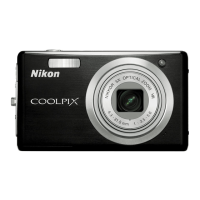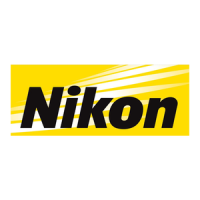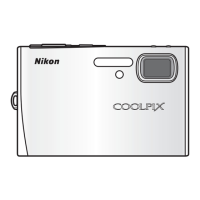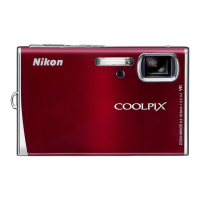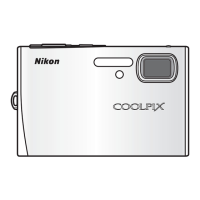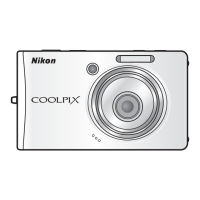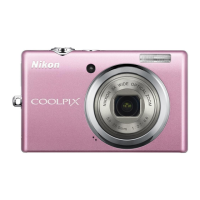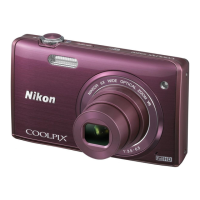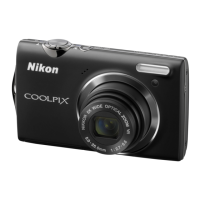What to do if my Nikon CoolPix S560 won't take a picture?
- SSharon JohnsonAug 20, 2025
If your Nikon Digital Camera isn't taking pictures when you press the shutter-release button, there are a few things to check. First, ensure the battery isn't exhausted and replace it if necessary. If the camera is in playback mode, press the 'c' button or the shutter-release button. Finally, if menus are displayed, press the 'd' button.
